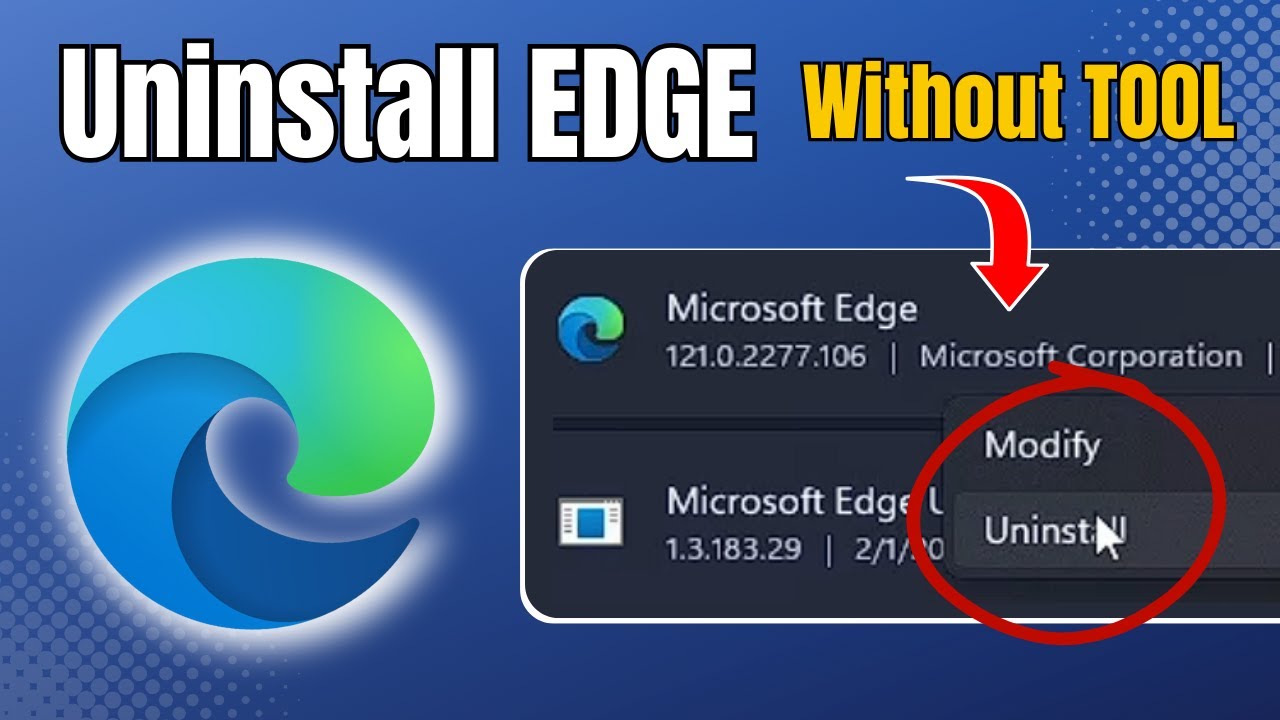Overview and Importance of Differential Equations in 2025
Differential equations are foundational in mathematics and have profound implications across various scientific fields. By 2025, understanding how to solve differential equations has become increasingly crucial, especially as the complexities of real-world problems demand innovative solutions. Whether in engineering, physics, economics, or biology, differential equations serve as essential tools for modeling phenomena such as population dynamics, heat transfer, and mechanical vibrations.
The importance of mastering the techniques for solving differential equations cannot be overstated. They not only provide insights into the behavior of dynamic systems but also foster advancements in technology and science. This article takes a deep dive into effective methods for solving differential equations, exploring various approaches like the separation of variables, Laplace transforms, and numerical methods. We also discuss applications that highlight the relevance of differential equations in modern research and industry practices.
Expect to walk away with a comprehensive understanding of how to navigate the complexities of differential equations. Key topics will include linear and nonlinear methods, initial and boundary value problems, and practical applications across disciplines.
Key Takeaways: Understanding the role of differential equations in modeling real-world scenarios, the significance of various solution techniques, and their applications in technology and the sciences.
Effective Methods for Solving First Order Differential Equations
Building on our understanding of differential equations, first-order differential equations present unique challenges and opportunities. These equations can often be transformed into simpler forms for easier solving processes. Common methods include the separation of variables and integrating factor methods.
Separation of Variables
The separation of variables technique is useful for solving many first-order differential equations characterized by the equation resembling the format dy/dx = g(x)h(y). In this approach, the terms involving y are isolated on one side of the equation and the terms involving x on the other. After separating the variables, integration applies to both sides to find the general solution.
Integrating Factor Method
Another effective method is the integrating factor method, particularly for linear first-order differential equations. For an equation written in standard form dy/dx + P(x)y = Q(x), the integrating factor is calculated by finding e^(∫P(x)dx). This factor simplifies the equation into an easily integrable form, helping to derive the solution.
Exact Equations
Equalization of the differential form to a function allows the use of exact equations in solving first-order problems. These equations fit the criteria of the form M(x, y)dx + N(x, y)dy = 0, and if the equation is exact, it can be integrated as a whole to obtain solutions.

Second Order Differential Equations and Their Solutions
As we advance, second-order differential equations, which contain derivatives up to the second order, become increasingly prevalent in applications. To effectively tackle these, it is critical to distinguish between linear and nonlinear second-order equations.
Characteristic Equation Method
The characteristic equation method is especially effective for linear second-order differential equations with constant coefficients. This technique involves setting up a polynomial derived from the differential equation, solving for the roots, and using these roots to construct the general solution.
Laplace Transforms
Another powerful tool is the Laplace transform, which allows the transformation of complex differential equations into algebraic equations, significantly simplifying the process of finding solutions. By working in the Laplace domain, initial conditions can be incorporated seamlessly.
Numerical Methods
Numerical methods provide practical solutions especially for differential equations that resist analytical techniques. Methods like the Runge-Kutta and finite difference can compute approximate solutions for complex and real-world problems, facilitating deeper insights into the behavior of dynamic systems.

Applications of Differential Equations in Real-World Scenarios
With these fundamental techniques established, let’s explore the myriad applications of differential equations in various fields. The capability to model real-world phenomena has made differential equations invaluable in scientific research and engineering.
Physics Applications
In the realm of physics, differential equations describe systems ranging from simple harmonic motion to complex fluid dynamics. For instance, Newton’s second law, which can be expressed as a second-order linear differential equation, forms the foundation of classical mechanics.
Engineering Applications
In engineering disciplines, differential equations are used to model systems in control, structural analysis, and mechanical simulations. They aid in understanding vibration patterns, system responses, and overall stability, critical for design and safety analysis.
Biological Modeling
The use of differential equations extends to biology for modeling populations and ecosystems. For example, the Lotka-Volterra equations model predator-prey interactions, capturing the dynamics of biological populations under competitive pressures.
Its part of generated content. Can i generate another part?